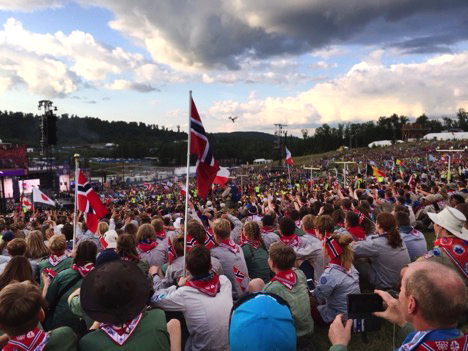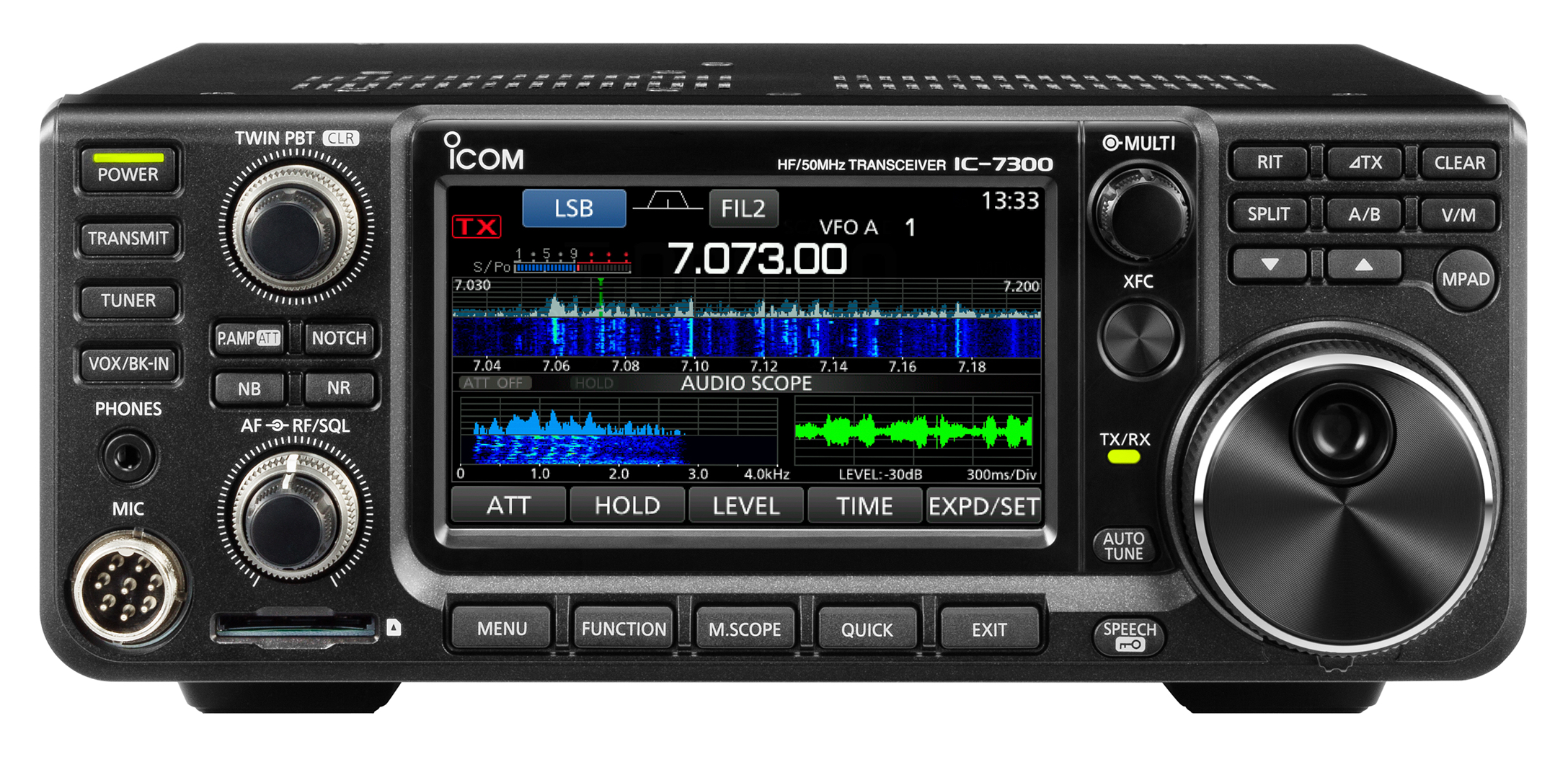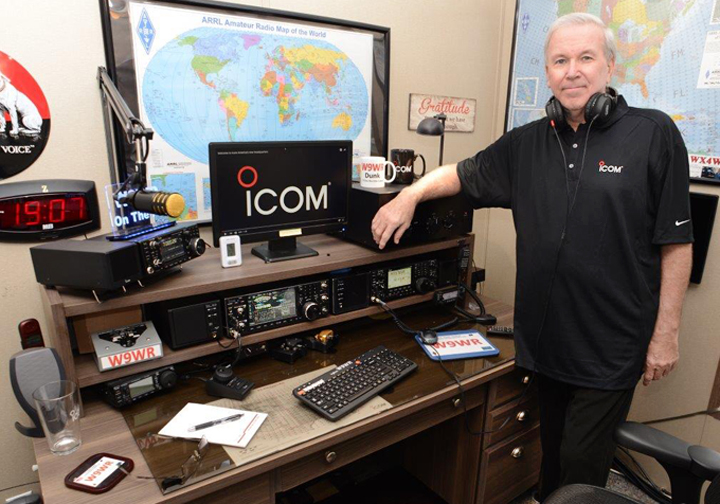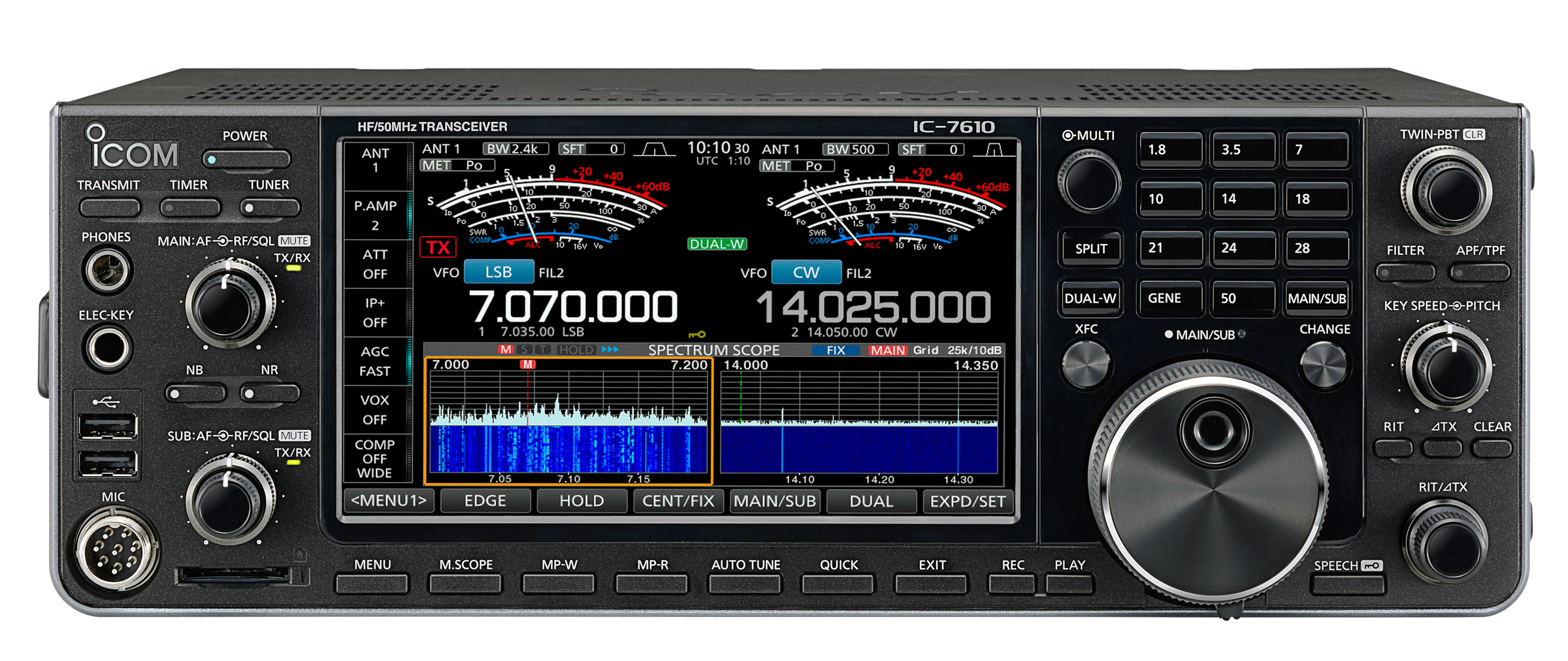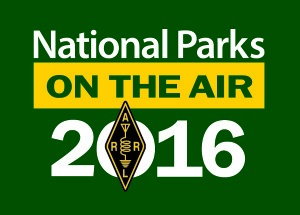As amateur radio operators, we often take for granted our ability to easily reach out to the far corners of the globe. A late evening QSO with Europe, while exhilarating, is by no means uncommon. We’ll regularly trade ‘fish stories’ about that crazy contact that we made on low power with a ramshackle antenna but rarely stop to think about just how strange a notion this would be to someone not familiar with our hobby. Double this effect for anyone not familiar with the principals of RF communication, and HF communication in particular.

